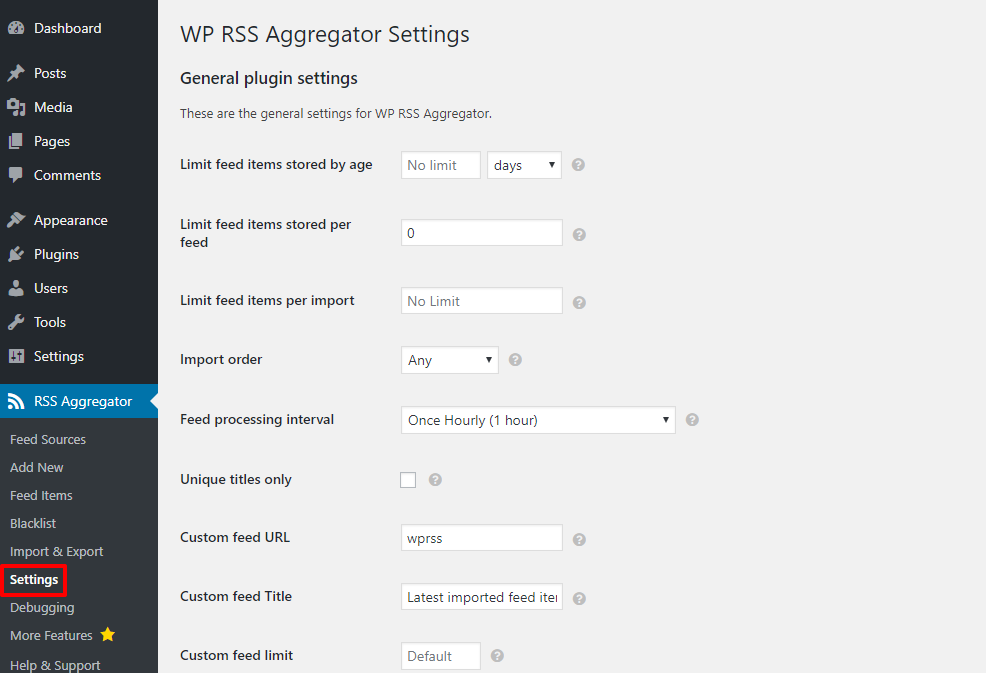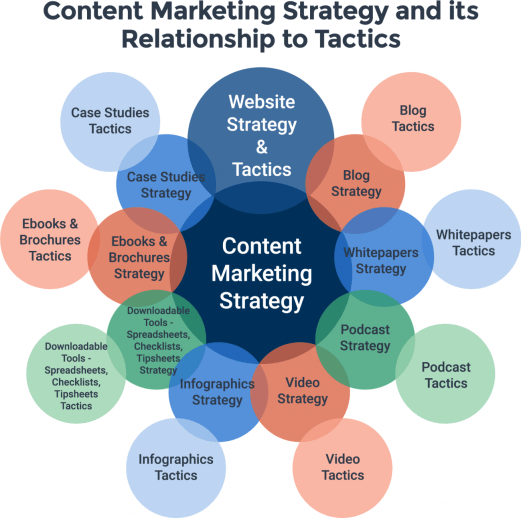
If you adhere to the 3C's rule, writing social media copy should not be difficult. These are: Active voice, Pain point, and CTA. These tips will get you on your path to a successful campaign. These guidelines will help to create social media copy which converts visitors to paying customers. There is much more to social media copy writing than meets the eyes. Keep reading to learn more! For increased conversions, make sure to use these tips for every post.
3 Cs rule
There is a three-Cs rule for writing social media copy: concision, creativity, and consistency. It is crucial for copywriting campaigns that are on social media, which have a limited number or characters. Misunderstanding hashtags can lead to confusion. These are just some of the guidelines and best practices that each social network offers. However, content creators should remember these points when creating content.
To generate sales and engage your audience on social media, it's important to understand their preferences. Instagram is a fantastic visual platform. You need to make sure that your captions communicate a strong emotional message. Barked posted a picture of puppies and it was perfect for contextizing the caption. Instagram users share photos so captions should be as emotional as physical products.
Active voice
Use the active voice when writing copy for social media. The active voice describes an action, rather than the subject performing it. Also, avoid using action verbs and keep sentences short. This style will create more compelling copy that catches readers' attention. Here are some tips on how to use active language in your social-media copy

Write in the active voice to show that the subject is doing something. In other words, "he were awoken" is better than "he had been awakened". People will be more likely to remember and understand the story. Sentences are also shorter when active voice is used. It is essential to keep your copy concise and direct.
Pain point
The concept of a "pain point" is something you've likely heard before. You might be considering incorporating it in your social media marketing copy. Pain points are areas in which your target audience is frustrated. These points are meant to help your target audience, but they can also feel manipulative and negative. This article will give you tips on how to incorporate a pain point in your social media copy.
To make your copy more persuasive, you should focus on your customer's pain points. It will be obvious that most of the best copy is focused on the pain point of the customer and presents a solution. If you don’t have a list, ask your clients what they are most unhappy about. You can then write compelling copy for social media based on this point.
CTA
To encourage people to reply to your social-media copy, it is important to include a clear CTA. Clear communication means removing unnecessary content, and keeping the message to the core. One of the 401+ power terms can be used to clarify your CTA. The ability to limit your response time will help you get more people to respond. This strategy was used by Project CAT's sponsor, The Food Network. It also contained a link that led to their website as well as a simple message encouraging users click on it.

Make sure your CTAs in social media copy follow a defined sequence. CTAs should target different segments of your customers and lead them through the sales process. The best way to understand the needs of your customers is to create buyer personas. Use language that is consistent with your campaign goals and what your product does for them. Keep in mind that social media copy must reflect the goals of your campaigns. Your audience won't be interested in copy that tells them what they should do.
FAQ
Why should I do content marketing?
HubSpot reports that the average person spends almost two hours per day reading content, on social media and in their newsfeeds. They also watch TV, read magazines, browse websites, listen to podcasts, or look at newspapers. That's a lot spent on content!
What makes content marketing different to traditional advertising?
Traditional advertising focuses primarily on attracting attention. Content Marketing focuses more on creating value. Traditional advertising is often a waste of money because most people ignore it. With content marketing, however, you'll see much higher engagement rates.
What's the main purpose of content marketing
Content marketing is about creating valuable and relevant content for customers. This can be done via email campaigns, blog posts, white papers, and other channels. It is important to provide value to your target audience.
Statistics
- Forty-seven percent of buyers view 3 to 5 pieces of content before engaging with a sales representative. (mailchimp.com)
- An example of an overarching goal could be: "In 2022, we want to achieve a 20% increase in revenue created by organic content and generate 15,000 MQLs with a budget of $30,000." (semrush.com)
- Measure your goals with a progress indicator of 0-100%. Make your goals collaborative and transparent (semrush.com)
- Seventy-two percent business to business (B2B) (mailchimp.com)
- According to our research, 65% of companies with very successful content marketing in 2021 ran content audits at least twice a year. (semrush.com)
- Content marketing produces 3X more leads per dollar spent. Content marketing costs 62% less than traditional marketing. (criteo.com)
- According to the Content Marketing Institute, 70% of B2B marketers and 86% of B2C marketers surveyed use content marketing in some form or other. (criteo.com)
- Companies that use content marketing see approximately 30% higher growth rates than businesses not using it. (mailchimp.com)
External Links
How To
What Is A Content Marketing Plan?
A content marketing program (CMP), or content marketing plan, is a strategic document that helps to establish your goals, objectives, as well as strategies for developing and executing a website. It serves as a guide for content creation and distribution.
The CMP can be broken down into three areas:
-
Your overall strategy - What do you want to achieve?
-
Your content strategy. Where are the best people to write, curate, distribute and promote your content?
-
The tactics you'll use to execute your strategy - Which channels will you use to share your content? Which types of content can you create?
These four components make up an effective CMP:
-
Goal Setting: Define your audience and define KPIs to measure success.
-
Audience Research – Get to know your ideal customers and where to find them.
-
Strategy – Develop a clear vision and strategy for where you want to be. Break it down into smaller pieces.
-
Execution – Set realistic expectations about when you can expect to see results.